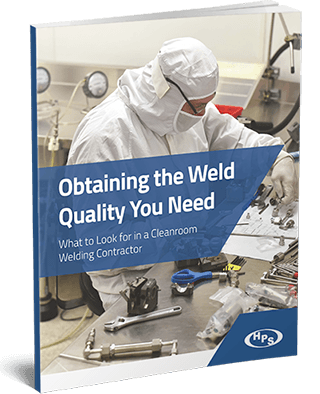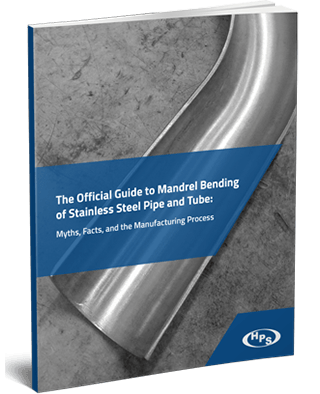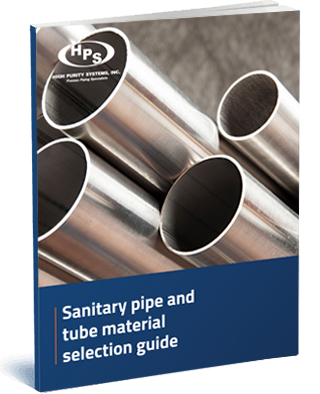The mechanical joining of individual, linear sections of metal — such as pipes and tubes — is a critical process in many industries and applications.
 This involves welding two metal segments together along a common joint about a given circumference, or orbit; requiring precise control of variables such as the temperature of the base metal, the weld of consumable filler material (if needed), the distance between the welding head and the base material, and the effects of gravity, orbital welding is a complex, sophisticated process.
This involves welding two metal segments together along a common joint about a given circumference, or orbit; requiring precise control of variables such as the temperature of the base metal, the weld of consumable filler material (if needed), the distance between the welding head and the base material, and the effects of gravity, orbital welding is a complex, sophisticated process.
Orbital tube welding allows an operator to maintain precise control of these factors in order to achieve consistent, reliable welds of high strength, continuity, and cleanliness, with minimal deformation or contamination.
Process Automation
Many variables come into play with orbital welding. By fully automating processes with programmable parameters and mechanical components, orbital tube welding can be strictly controlled to achieve consistent, repeated welds without the need for operator intervention or corrections once the process has begun.
Forces of gravity and surface tension maintain a delicate balance on the weld pool that is maintained as the weld head, or the tube sections, are rotated about the center axis. Complete automation allows an operator to preprogram the penetration and size of the weld based on the size and thickness of the tube section and the chemistry of the base materials.
Elements of Quality
The quality of orbital tube welding is dictated not only by the process, which is managed using high-tech equipment with well-defined parameters, but also by the quality of the materials used. Tungsten Inert Gas (TIG) welding allows for precise arc control and a clean weld pool with minimal carbon or oxide contamination, as well as minimal variation in the strength and consistency of the metal alloy.
With proper understanding and experience with purging, the inert gas environment and TIG technique produces weld seams that are of high mechanical and aesthetic quality, with low particle counts and minimal splatter. A variety of joint thicknesses, edge preparations, and penetrations can be used to meet high-quality standards for material alloys and tubing wall thicknesses.
Applications
Orbital tube welding serves a wide range of high-technology industries that require tubing systems capable of maintaining a superior level of system integrity at high pressure without contaminating the system fluids with the byproducts of corrosion or oxidation.
Such industries include aeronautics and aerospace, biopharmaceutical processing, food and chemical processing, electronics and semiconductor equipment manufacturing, refrigeration, and high-pressure hydraulics equipment manufacturing.
Tubing systems in these industries and others must be able to withstand enormous pressures under which tiny defects, inclusions, and weak points can result in stress cracks and, ultimately, system failures.
Automated orbital welding allows high-strength, high-temperature, and corrosion-resistant metals such as many types of stainless steel alloys, duplex stainless steel alloys, nickel based alloys, titanium and other associated alloys to be welded with consistent, predictable results that these industries demand.




